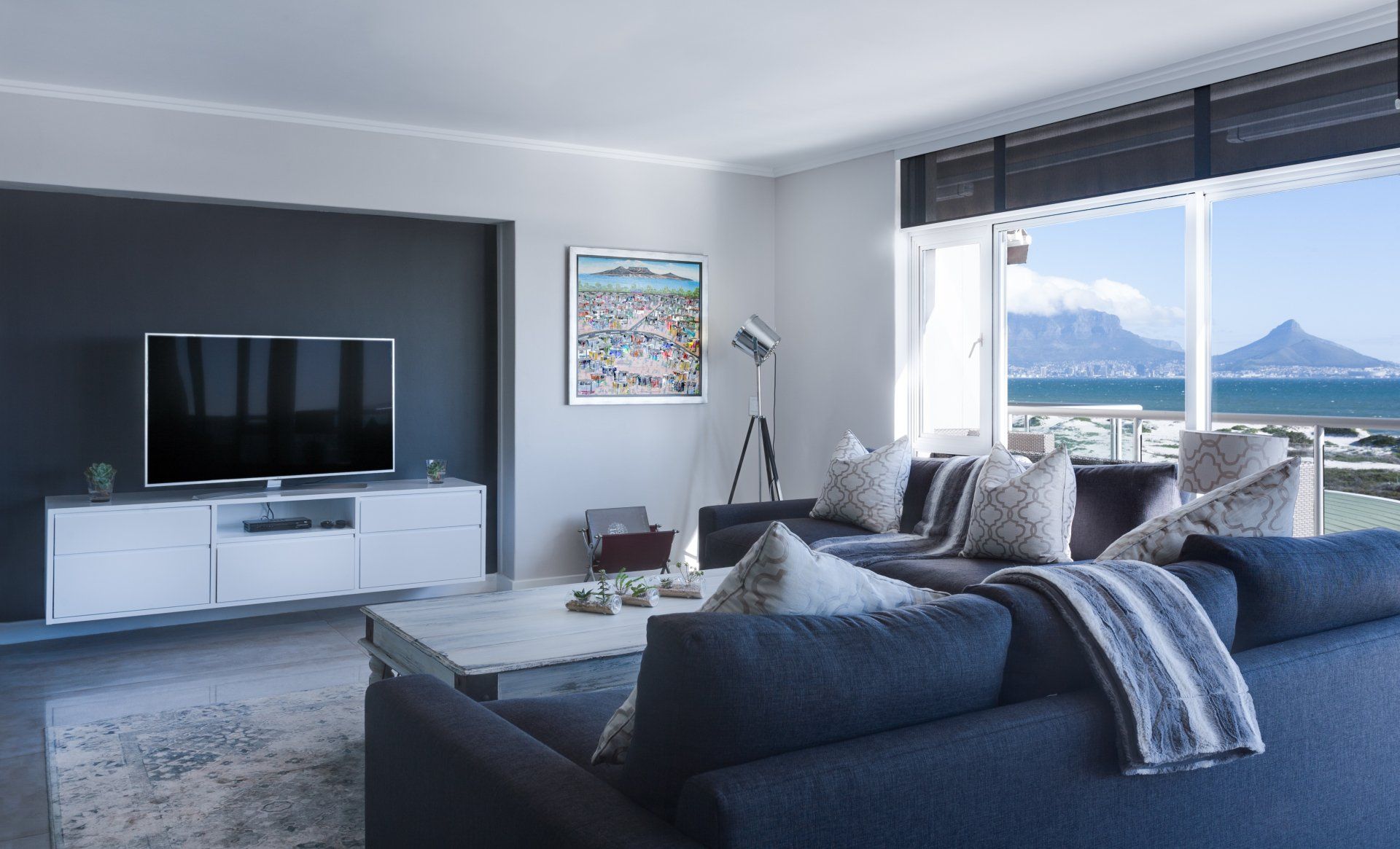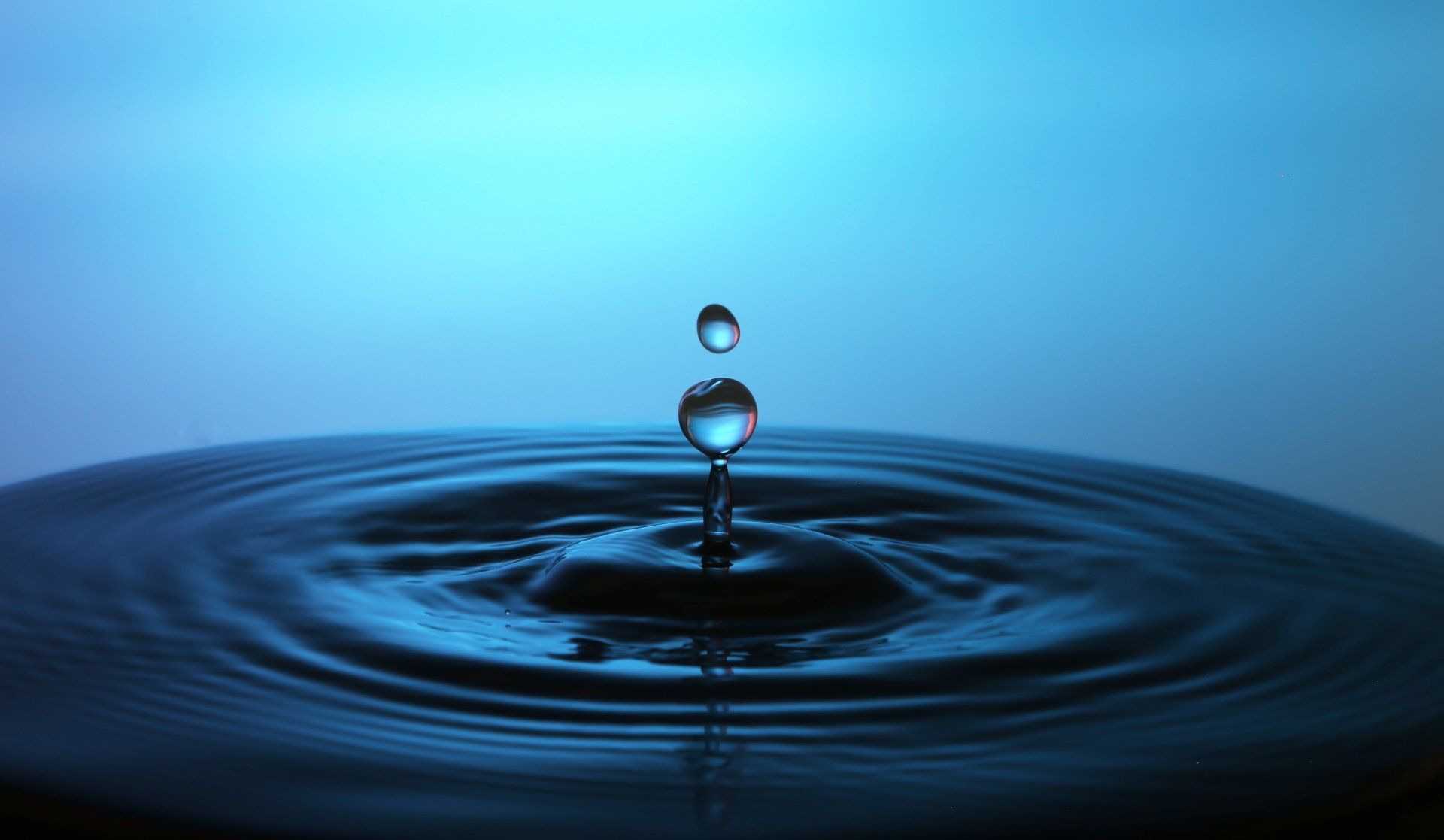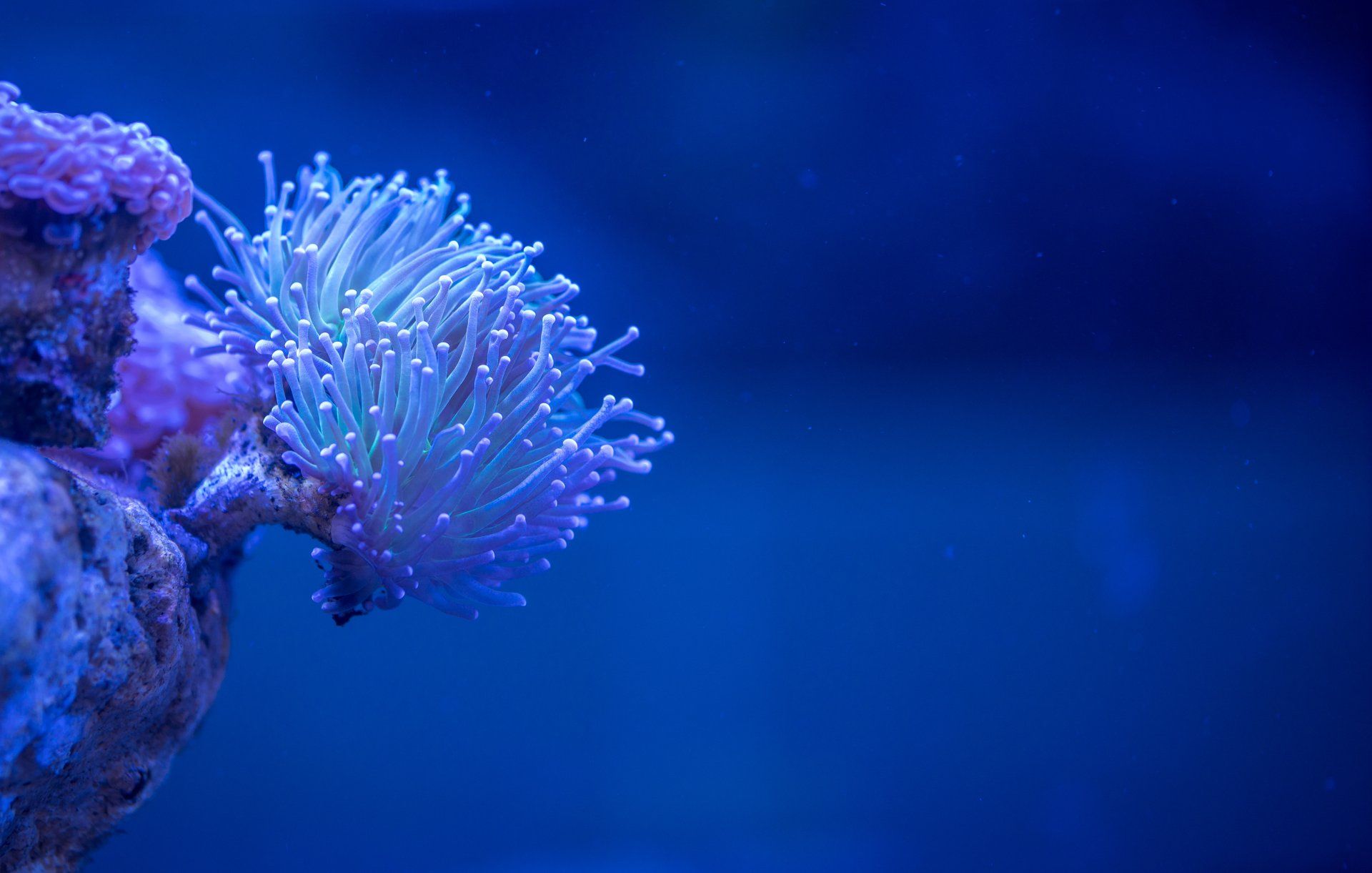UV Light for Room Disinfection: An Effective and Safe Solution

As the world continues to grapple with the spread of infectious diseases, many people are looking for ways to keep their homes and workplaces safe and clean. One solution that has gained popularity in recent years is the use of UV light for room disinfection.
UV light is a type of electromagnetic radiation that falls between visible light and x-rays on the electromagnetic spectrum. It has a shorter wavelength than visible light, which allows it to penetrate cells and disrupt the DNA of microorganisms, including bacteria and viruses.
There are three main types of UV light: UVA, UVB, and UVC. UVA and UVB are the most common forms and are used in tanning beds and for some medical treatments. UVC is the most effective for disinfection, but it is also the most dangerous to humans and is not used in consumer products.
UV light for room disinfection typically involves the use of UVC lamps or LED bulbs. These devices emit UVC light, which can kill bacteria and viruses on surfaces and in the air. They are easy to use and require no chemicals or cleaning agents, making them a safe and effective option for disinfecting rooms.
Six benefits of UV light
There are several benefits to using UV light for room disinfection. Here are six key advantages of this technology:
- Rapid and effective disinfection: UV light can kill bacteria and viruses on surfaces and in the air within seconds or minutes, depending on the intensity and duration of exposure. This makes it a fast and effective solution for disinfecting rooms.
- Chemical-free cleaning: UV light disinfection does not require the use of chemicals or cleaning agents. This means that it is safe for use around people, pets, and sensitive materials, and there is no risk of toxic residues or contamination.
- Safe for humans and animals: UV light is safe for use around humans and animals, as long as it is not directly exposed to the skin or eyes. UVC lamps and LED bulbs are designed to emit UVC light in a controlled manner, so there is no risk of harm to people or pets.
- Easy to use and maintain: UV light disinfection devices are easy to use and require minimal maintenance. Most devices have simple controls and can be operated by anyone. They also have long lifespans and can be used repeatedly, making them a cost-effective solution for room disinfection.
- Versatile and portable: UV light disinfection devices are versatile and can be used in a variety of settings, including homes, offices, schools, hospitals, and public spaces. They are also portable, so they can be easily moved from one room to another.
- Environmentally friendly: UV light disinfection does not produce any hazardous waste or emissions, making it an environmentally friendly solution. It also reduces the need for chemical cleaners and disinfectants, which can have negative impacts on the environment.
In conclusion, UV light for room disinfection is an effective and safe solution for keeping homes and workplaces clean and free of bacteria and viruses. It is fast, chemical-free, and safe for humans and animals, and it is easy to use and maintain. UV light disinfection is a valuable tool in the fight against infectious diseases, and it is an environmentally friendly option for cleaning and disinfecting rooms.




